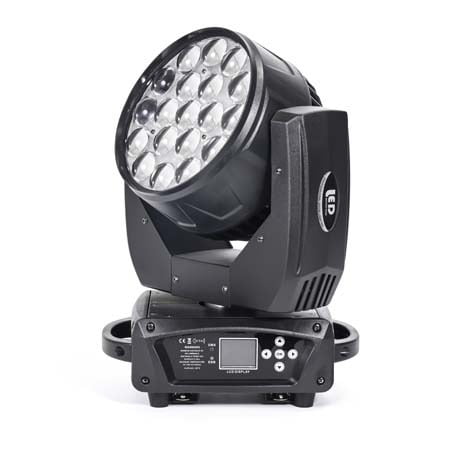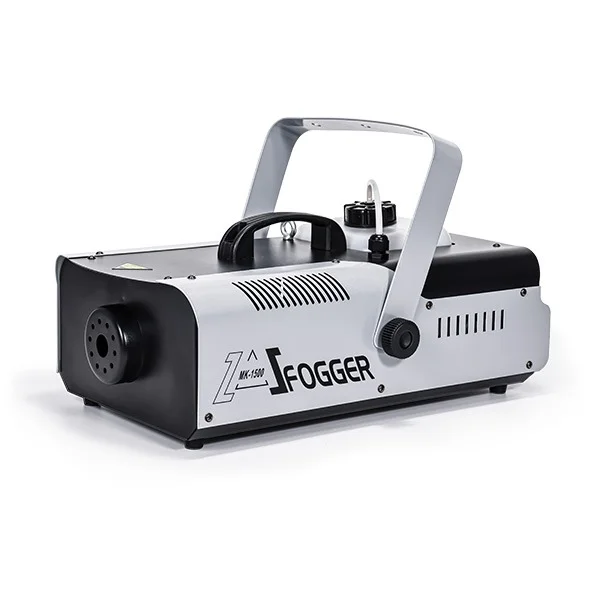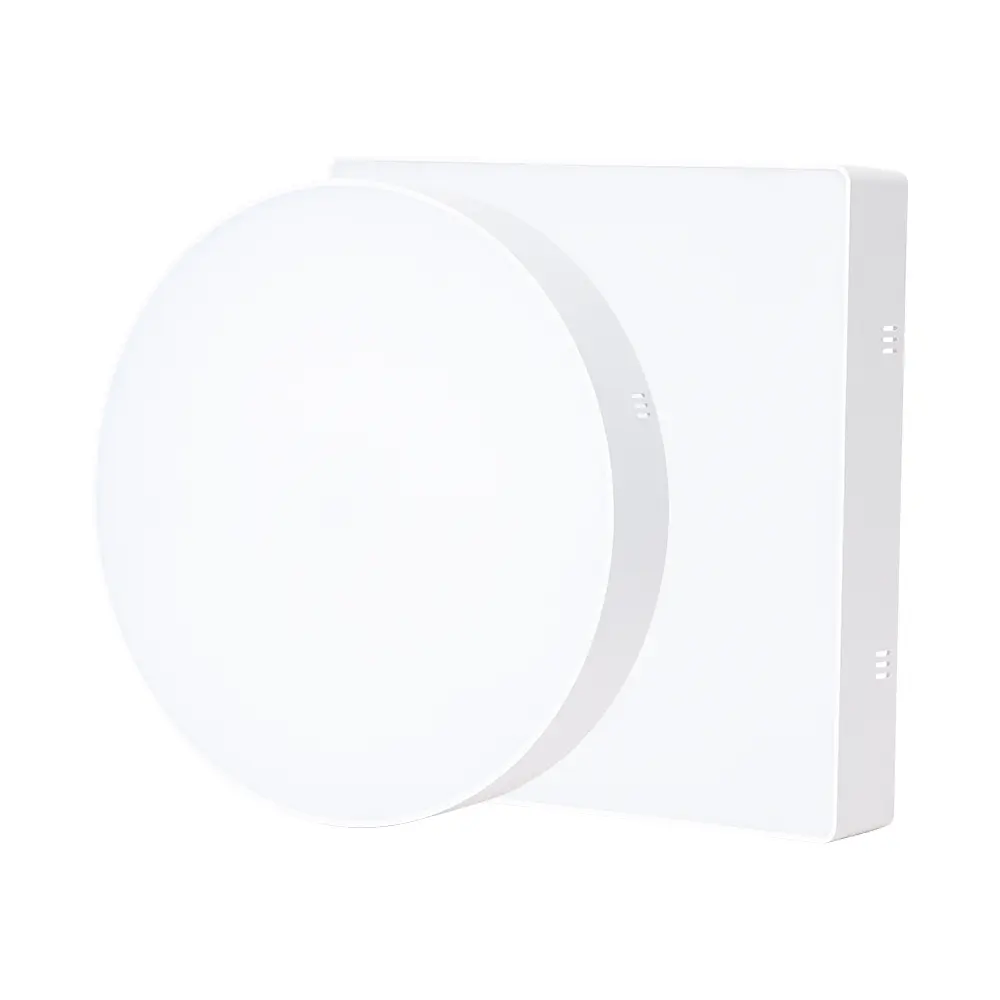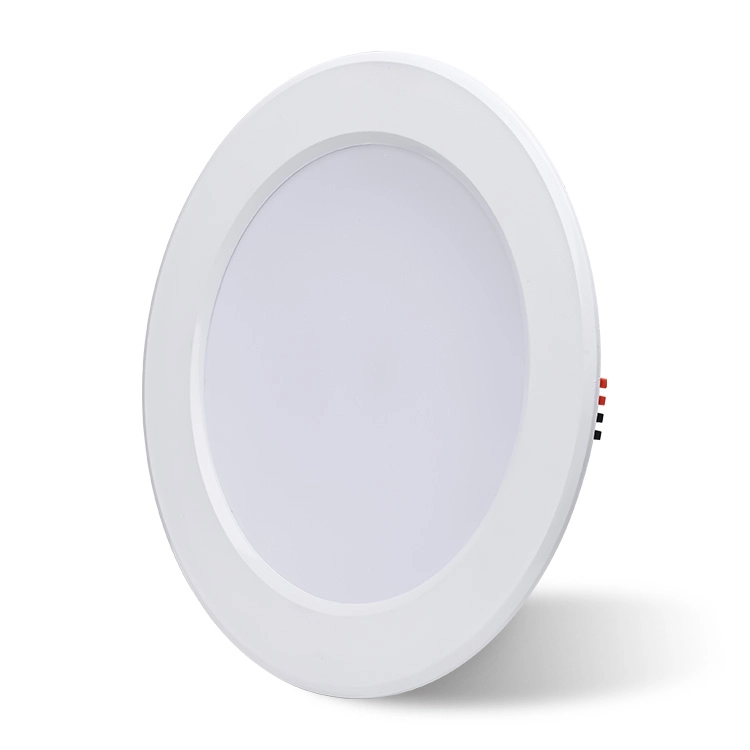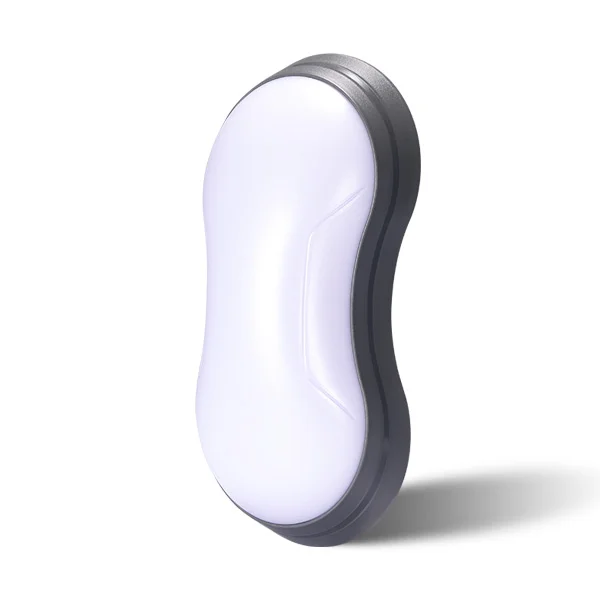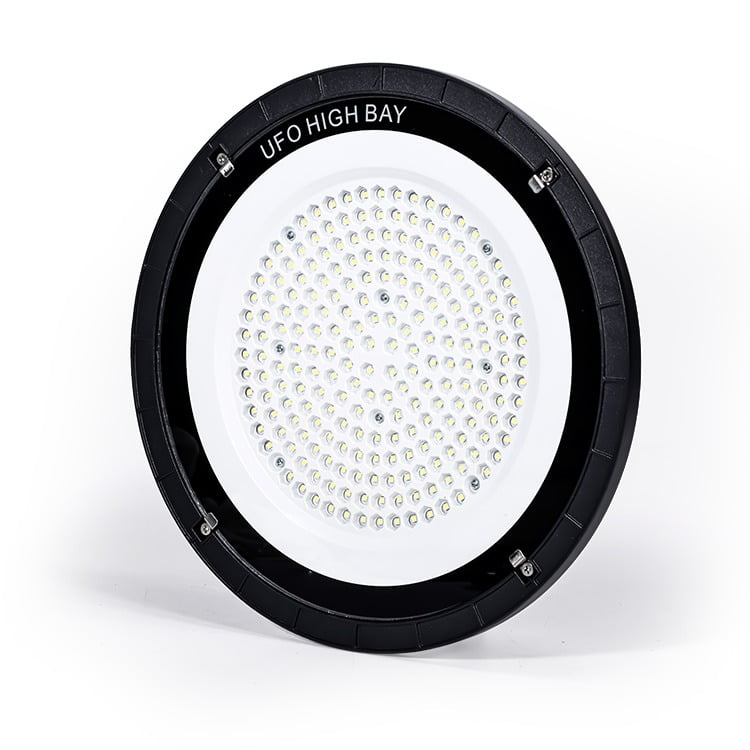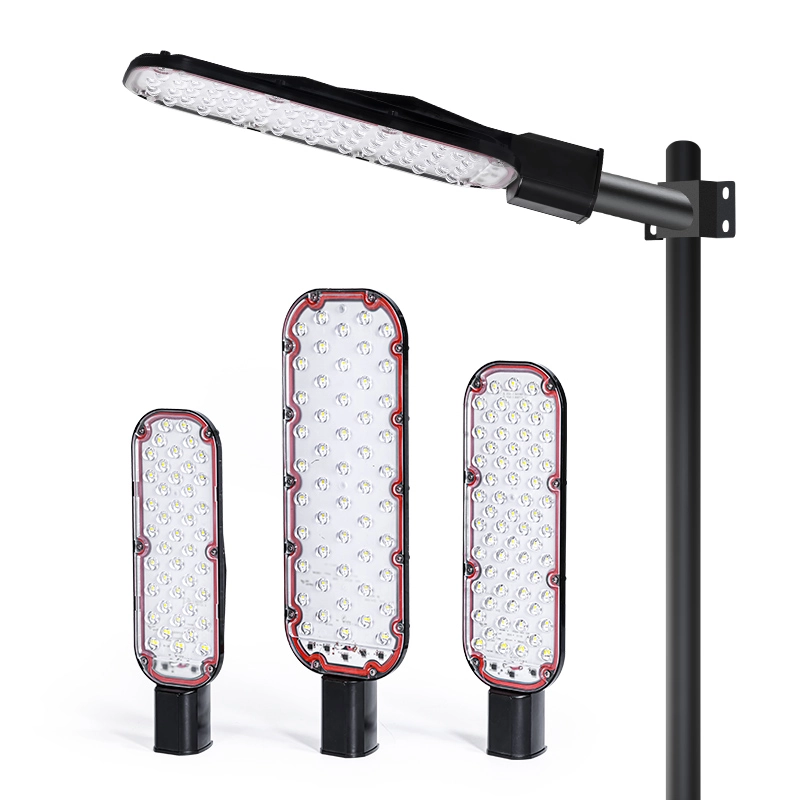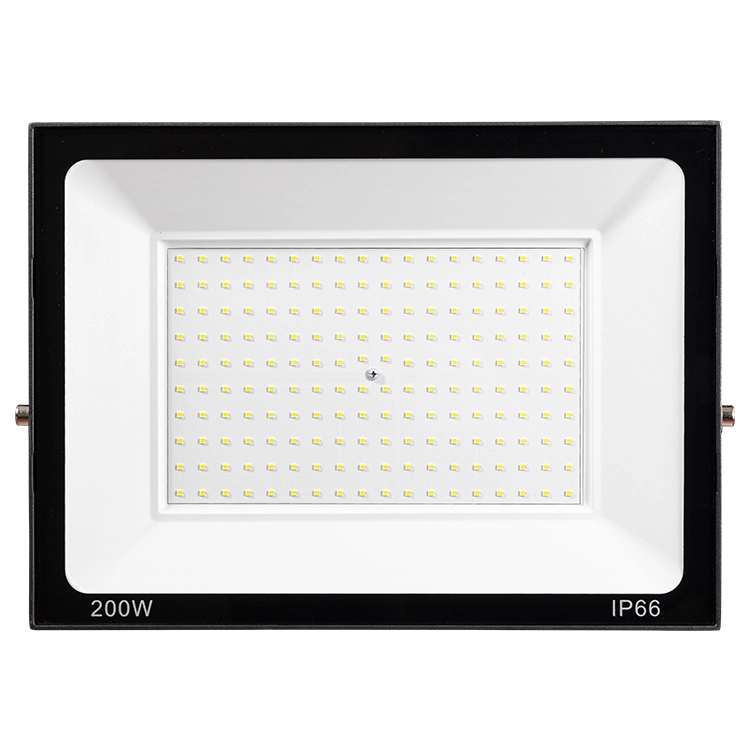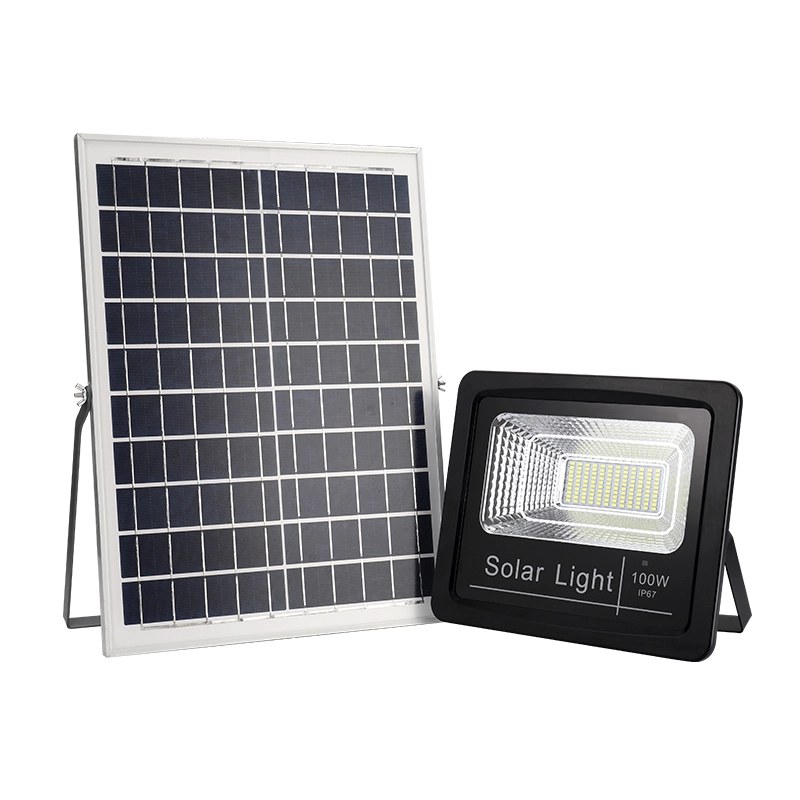In stage lighting, a “special” isn’t just a fancy term—it’s a powerful tool that brings intentionality, emotion, and precision into your lighting design. Whether you’re lighting a play, a concert, or a corporate event, understanding how specials work—and when to use them—can make the difference between generic and impactful stage visuals.
What Does “Special” Mean in Stage Lighting?
A special is a lighting fixture assigned for a very specific purpose. Unlike general lighting—which covers entire areas or zones—specials are designed to:
Highlight a single performer
Illuminate a specific prop, set piece, or space
Emphasize a single cue, line, or dramatic beat
In DMX control systems, specials are typically assigned individual channels for precise cueing. They’re not part of group washes or color scenes—they’re stand-alone instruments used for artistic emphasis.
What Are Specials Used For?
Specials serve focused, often momentary functions in stage productions, such as:
Lighting a soloist during an acoustic segment
Highlighting a significant object (e.g. a cross, piano, framed photo)
Creating a visual transition or blackout accent
Enhancing scene changes or emotional shifts
Cueing a specific dramatic moment aligned with audio or choreography
They’re often invisible to the audience—until they matter most.
Specials vs General Lighting: What’s the Difference?
| Feature | General Lighting | Specials |
|---|---|---|
| Purpose | Overall area coverage | Single object or moment illumination |
| Control | Grouped DMX control | Individual DMX channels or cues |
| Beam Quality | Broad, soft-edged, ambient | Sharp or focused with precise shaping |
| Typical Fixtures | PAR, Fresnel, Wash Lights | Profile Spot, ERS, Narrow Beam LED |
Common Types of Lights Used as Specials
Profile Spotlight (ERS)

The Profile Spotlight, also known as an ERS (Ellipsoidal Reflector Spotlight), is one of the most widely used fixtures for specials. A Profile Spotlight allows precise control over the beam using shutters and gobos, making it perfect for isolating actors, props, or scenic elements on stage. Thanks to its sharp beam edges and controllable focus, the Profile Spotlight is ideal for high-impact cues that require clean visual definition.
Narrow Beam LED PAR
A Narrow Beam LED PAR is often used as a compact special when stage space is limited or when lighting specific objects or architectural elements. The Narrow Beam LED PAR offers intense brightness and tight beam control, which makes it ideal for highlighting musical instruments, podiums, or small set pieces without interfering with general washes.
Mini Moving Head Light
The Mini Moving Head Light combines the flexibility of dynamic positioning with the focus of a special. A Mini Moving Head Light can be programmed to appear at exact moments with color changes, movement, or beam effects—making it perfect for concerts and high-energy performances. When used as a special, the Mini Moving Head Light brings both motion and spotlight functionality.
LED Ellipsoidal Fixture

An LED Ellipsoidal Fixture functions similarly to a Profile Spotlight but with LED efficiency and digital precision. The LED Ellipsoidal Fixture is often used as a special to project patterns, shapes, or narrow highlights with reduced power consumption. Thanks to its sharp beam control and DMX compatibility, the LED Ellipsoidal Fixture is a favorite in modern theatrical and corporate stage designs.
LED Soft Spot

The LED Soft Spot is a versatile option when you need a gentle beam with emotional warmth but still want directional focus. An LED Soft Spot works well as a special when lighting a vocalist, solo speaker, or focal area without harsh shadows. Many designers prefer the LED Soft Spot for moments of intimacy or quiet emphasis in their lighting plots.
Where Do Specials Fit in the Lighting Design Process?
In professional lighting design, specials are plotted after general washes, area lights, and backlights. They are used to solve specific creative problems identified during rehearsals or blocking sessions.
Designers typically mark specials with the prefix “SP” on the lighting plot. Each one gets its own DMX address and cue, allowing operators to activate them at exact moments during a show.
You might use a special to:
Highlight a microphone stand for one song
Light a banner revealed only in Act II
Accentuate a key actor for a line of dialogue
It’s not about more light—it’s about meaningful light.
How to Program Specials into Your Lighting Setup
Assign a dedicated channel for each special fixture
Time their appearance precisely with cues and music
Use isolation and beam shaping to avoid visual clutter
Test special positioning to avoid wash interference
Limit quantity to reduce cue complexity
When Should You Avoid Using a Special?
When cue complexity overwhelms the operator
When your rig has limited fixtures or control channels
When the “special moment” is already handled well by general lighting
If the special adds clutter instead of clarity
Real-World Example: Specials in a Live Concert Setup
During a live concert for a well-known pop artist, the lighting designer used five specials to enhance key emotional beats.
One narrow-beam LED profile light was aimed at a center-stage microphone. It remained off for most of the show but faded in gently during an acoustic solo, isolating the performer from the vibrant LED walls.
Another special illuminated a symbolic prop suspended above the stage, triggered by a precise musical transition. Both fixtures had individual DMX control, appearing for under 30 seconds total—but leaving lasting impact.
That’s the power of a well-placed special.
FAQ
Can any light be used as a special?
Yes—as long as it’s controlled independently and serves a specific purpose.
Do I need multiple specials for a small production?
Not necessarily. Even one well-placed special can elevate your design.
Are specials hard to program?
They require cue planning, but with proper DMX mapping and rehearsal, they’re very manageable.
Is a follow spot considered a special?
It can be. If used for a specific performer or moment, it functions as a type of manual special.
Final Thoughts
Specials aren’t just another light—they’re your secret weapon for drawing focus and controlling mood with precision. Used intentionally, they can transform a good lighting design into a memorable one.
Need help designing a lighting plot that includes effective specials? Contact us today.
What’s the minimum number of lights I need?
It depends, but 4–6 lights is a great starting point for most small stages.
Do I need moving heads for a small stage?
Not necessarily. They’re powerful, but static fixtures can do the job well for many events.
Can I use PAR lights for everything?
Not ideal. They’re great for washes but not for precise focus or effects.
What’s better—LED or halogen?
LED is more energy-efficient, lasts longer, and offers color options. Halogen is fading out.
Final Thoughts
There’s no one-size-fits-all lighting rig. The best setup is the one that meets your space and event goals. Learn the basics, start with essentials, and build from there.
Need help designing your lighting system? Contact our team for a personalized recommendation.


